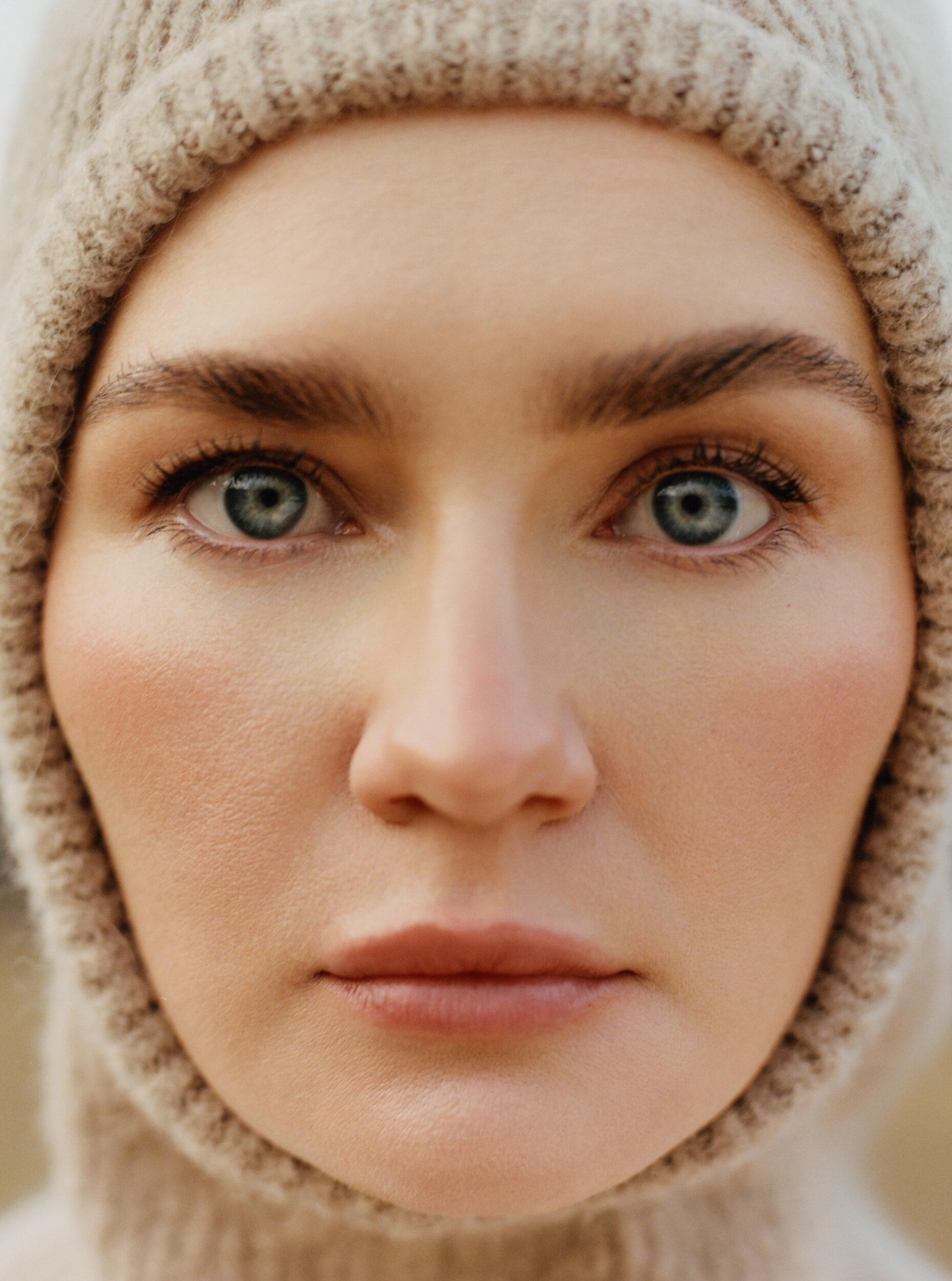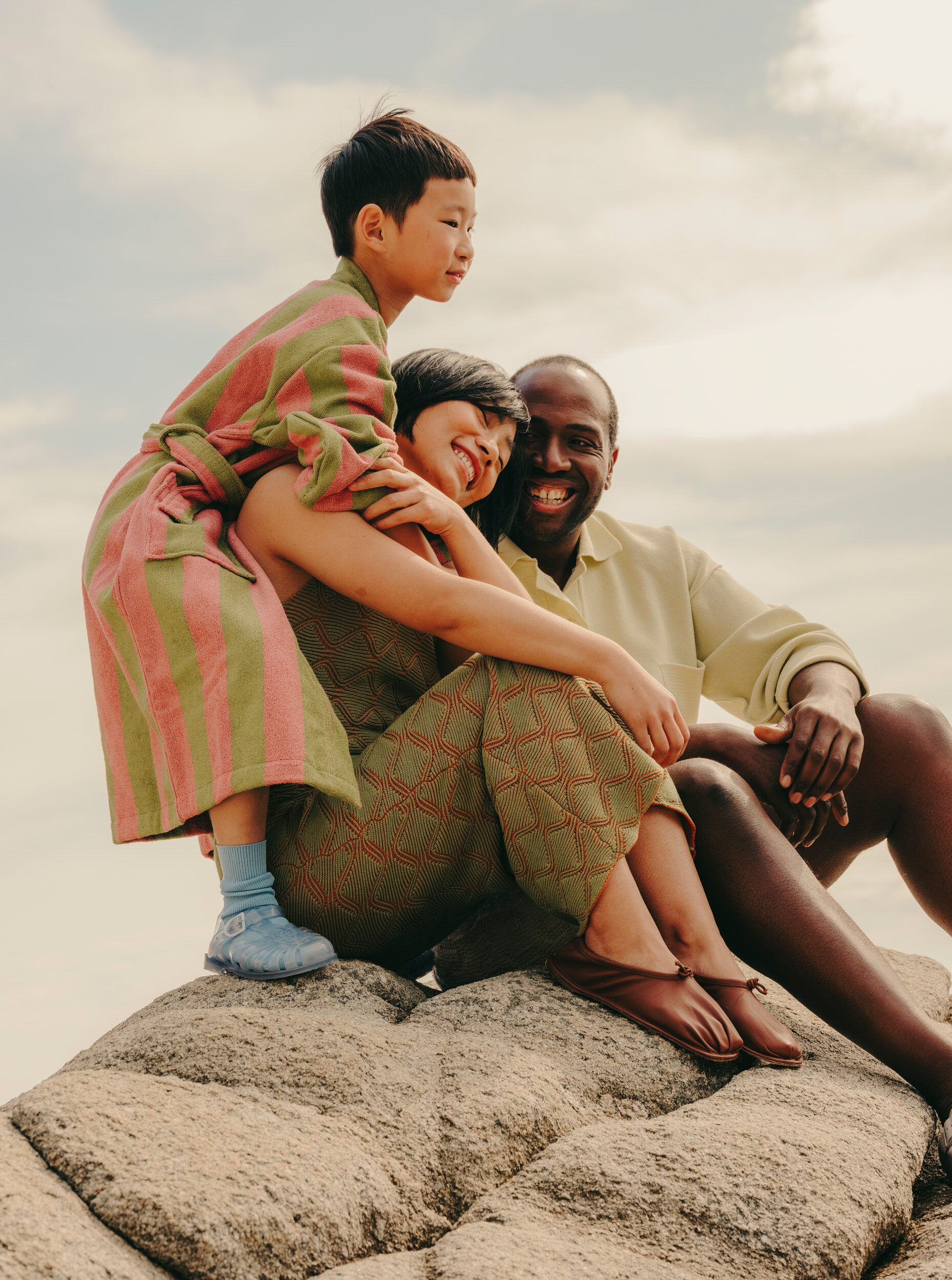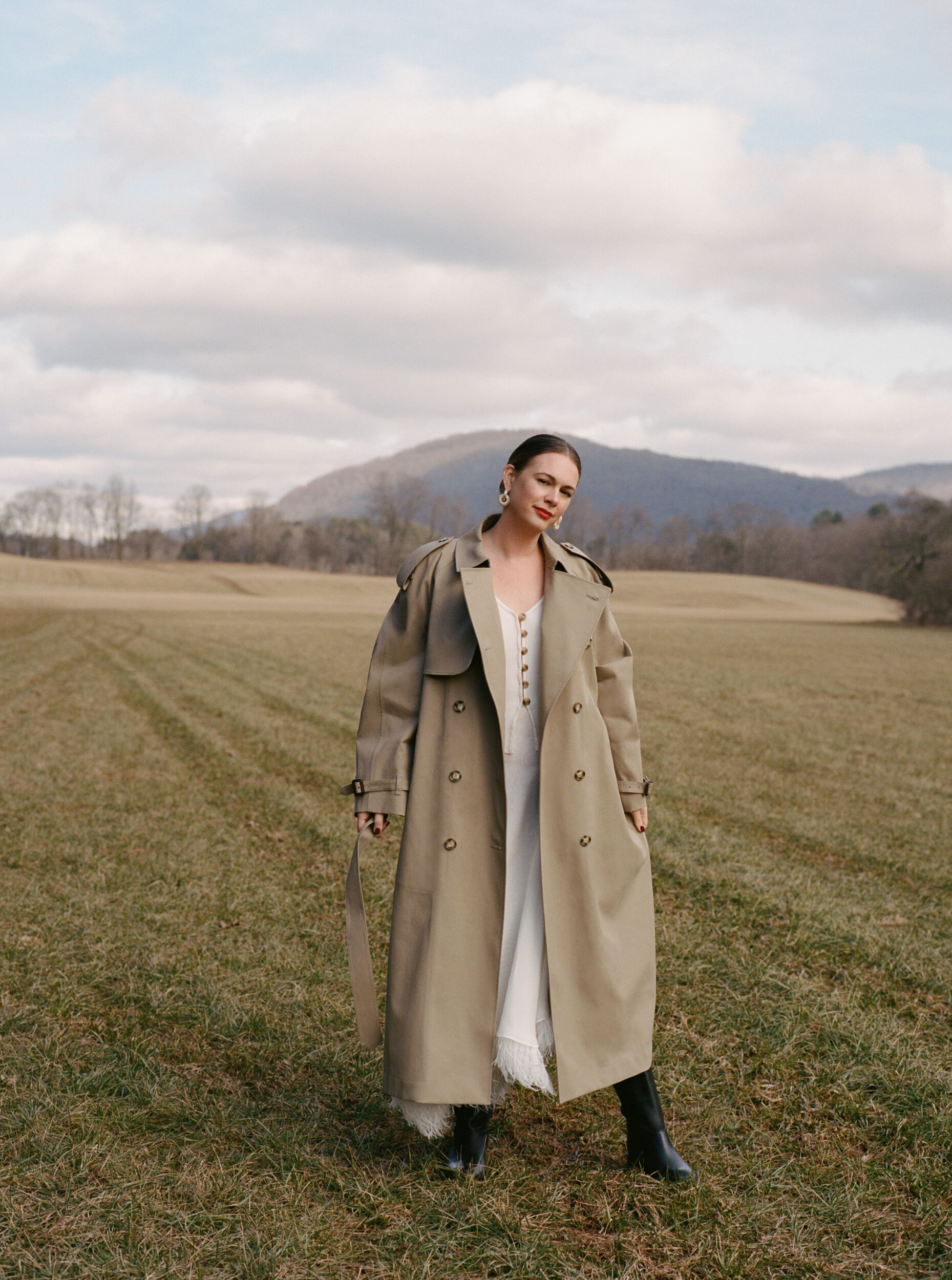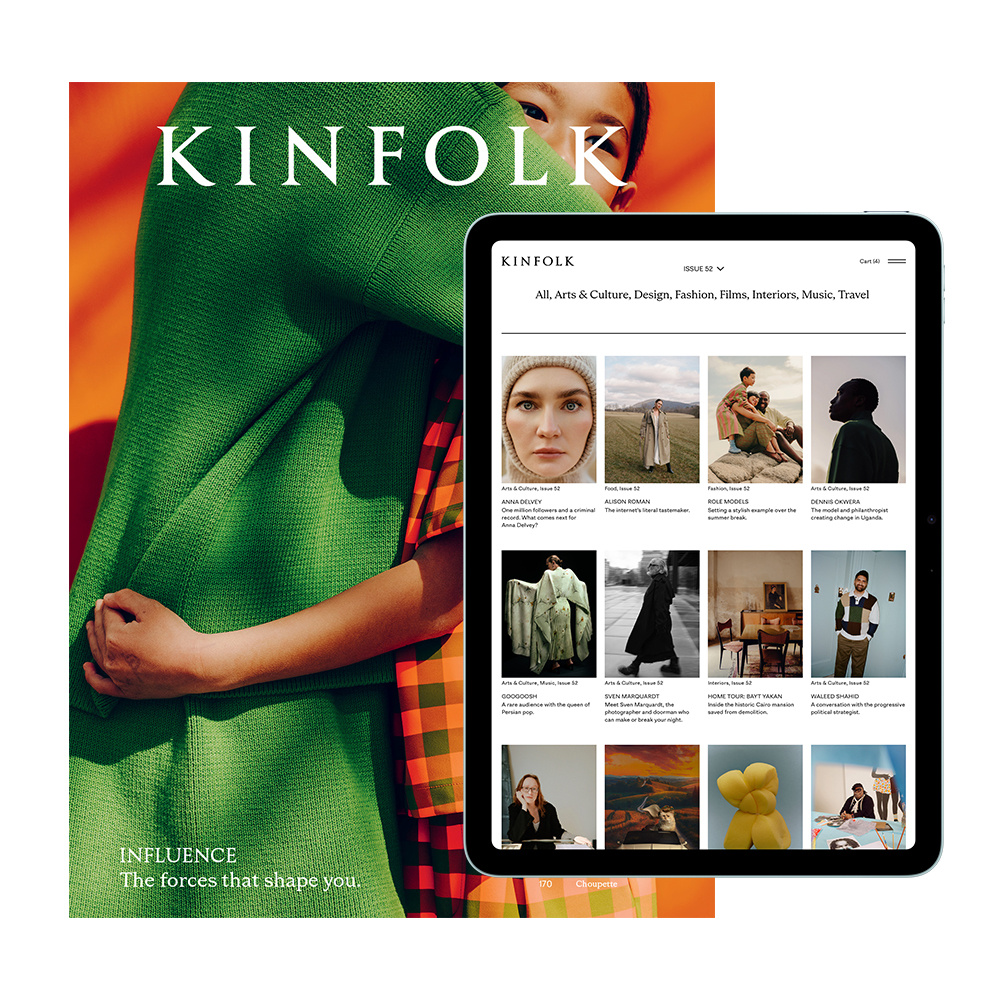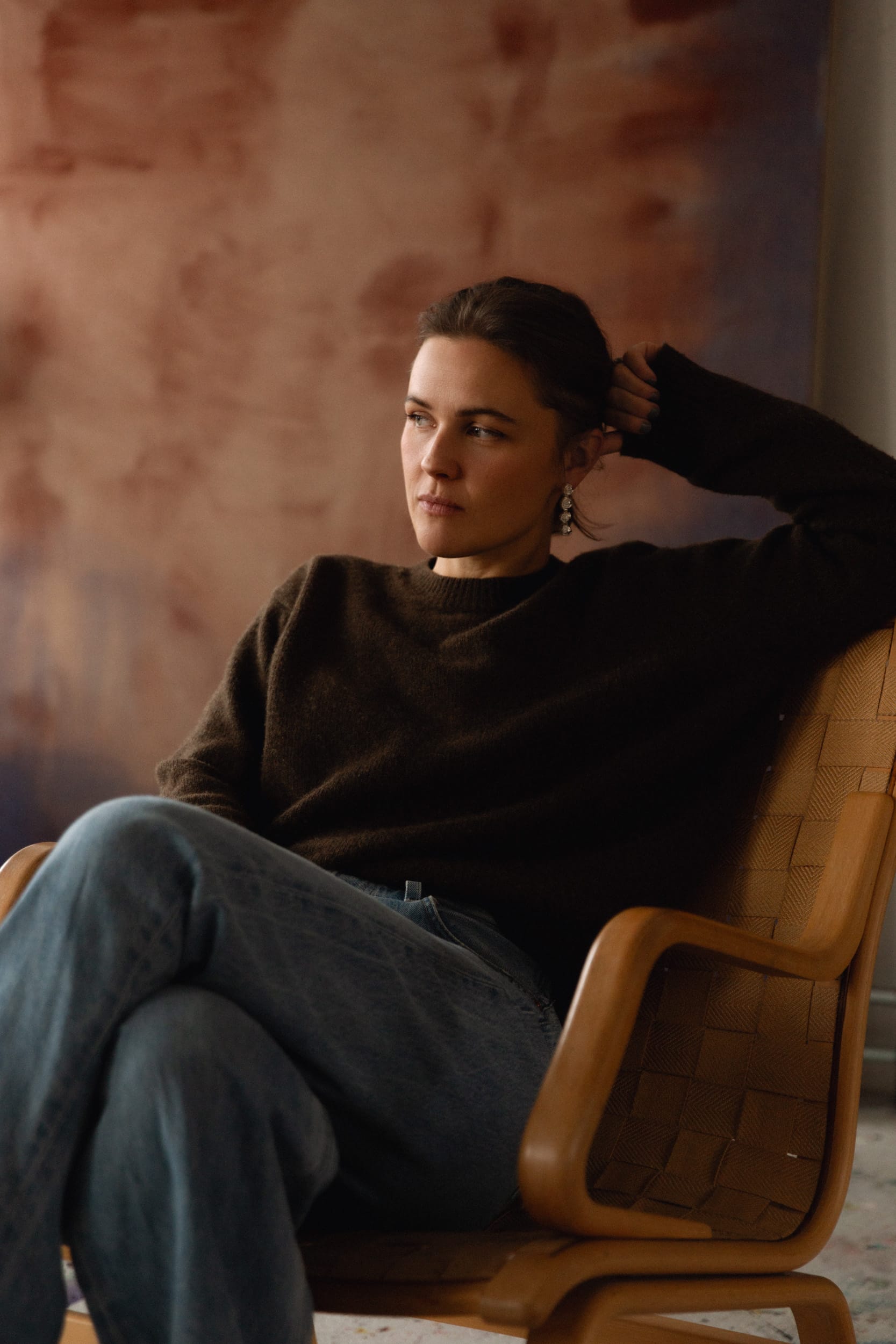
At Work With EMILY GERNILD
- Words Emily Nathan
- Photos Cecilie Jegsen
The Danish painter breathing new life into an old medium.
Most tales of artistic calling begin with a childhood marked by an irrepressibly creative spirit, but the story of Danish painter Emily Gernild is rather less predetermined. Her career, pursued at the suggestion of a boyfriend during a period of existential confusion in her mid-20s, has been brief for an artist in their late 30s. But though she has only worked professionally for a few years, the power of her searing, visceral compositions, alternating intriguingly between figuration and abstraction, has placed her squarely at the vanguard of contemporary painting.
On a gray winter morning at her third-floor studio outside Copenhagen, Gernild’s husband, Mads Hansen, busies himself in the quaint kitchenette. Lighting candles against the gloom, he explains that he’s recently stepped aw...
